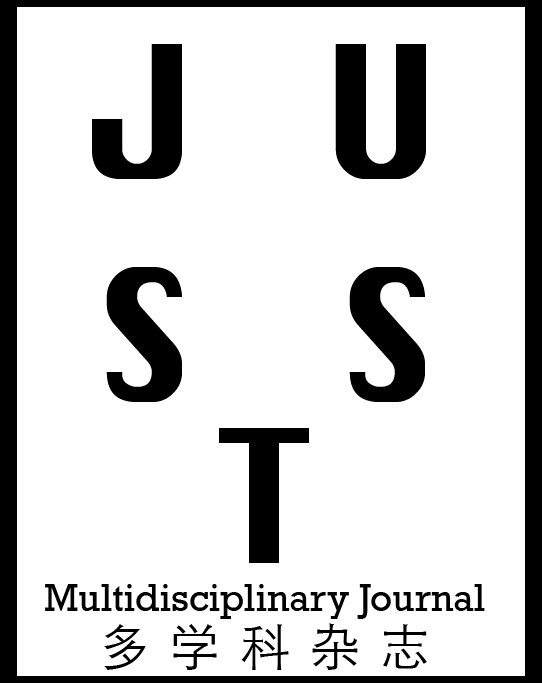Dr. Munaf Authman Hreeth
Pediatrics specialist, M.B.Ch.B, FIBMS Pediatrics , Specialty of general Pediatrics and neonatology, Iraqi board and subspecialty of hematology in Pediatrics Iraqi board, Pediatric central teaching hospital, Al-karch Health Directorate, Ministry of Health and environment, Baghdad, Iraq.
Dr. Ahmed Nadher Kareem, Dr. Sabah Noori Rashid
Pediatrics specialists, M.B.Ch.B. ,D.C.H.,C.A.B.P Consultant pediatrician, Specialty of general Pediatrics and neonatology, Iraqi board and subspecialty of hematology in Pediatrics Iraqi board, Pediatric central teaching hospital, Al-karch Health Directorate, Ministry of Health and environment, Baghdad, Iraq.
